|
by Linn Phipps I recently visited Rigolet and the Net Loft Museum – in Labrador, Canada – with my husband. I was extremely moved to find that, from this tiny community, four men went off to fight in the First World War and did not return. Incredibly, two died in the Battle of Cambrai November 1917. This was of course very moving, and of particular interest to me as both poet Ewart Alan Mackintosh and my own great-uncle died in the same Battle.
This is a little of the history that I learnt in Rigolet, and I am including some photographs with the museum’s kind permission. The four men who were killed in action all died in 1917, and their names were: Daniel Groves (b 1892) William McKenzie (b 1894) Charles Mesher (b 1893) John Shiwak (b 1889). The two men who died in the Battle of Cambrai were Private William McKenzie and Lance Corporal John Shiwak, both of the of the Royal Newfoundland Regiment, who were both killed on the same day, 20 November 1917. These in brief are their stories: William McKenzie was the son of Finlay James and Jane McKenzie. He was exempt from military service by virtue of being the sole supporter of his aged mother. But peer pressure persuaded him to enlist 11 November 1916. After nearly a year of training in Newfoundland, and the UK, William joined his battalion in France on 6 November 1916. Only fourteen days later, he was killed in action. John Shiwak was the son of John & Sarah Shiwak of Rigolet. He enlisted 24 July 1915, reaching Rouen 10 July 1916. He greatly missed his distant home, his family and sisters, and his Inuit hunting companions, and longed to return to his huskies and traps. John was killed by a chance shell along the canal near Masnieres, and was described as a matchless marksman and the Regiment’s leading sniper. William is buried at Marcoing British Cemetery in France. John, like my great-uncle, has no known grave, and his name is enscribed on the Beaumont Hamel Memorial. In November of this year, my husband and I will be visiting the place where my great-uncle was killed, to mark the day and the hour of his death in the German counter-attack at the end of the Battle of Cambrai. On our visit, we will now also go to Marcoing, to find William’s grave, and Beaumont Hamel Memorial, and leave a remembrance cross.
1 Comment
Leave a Reply. |
Archives
September 2018
Categories |
Website created and maintained by Eloise Phipps.
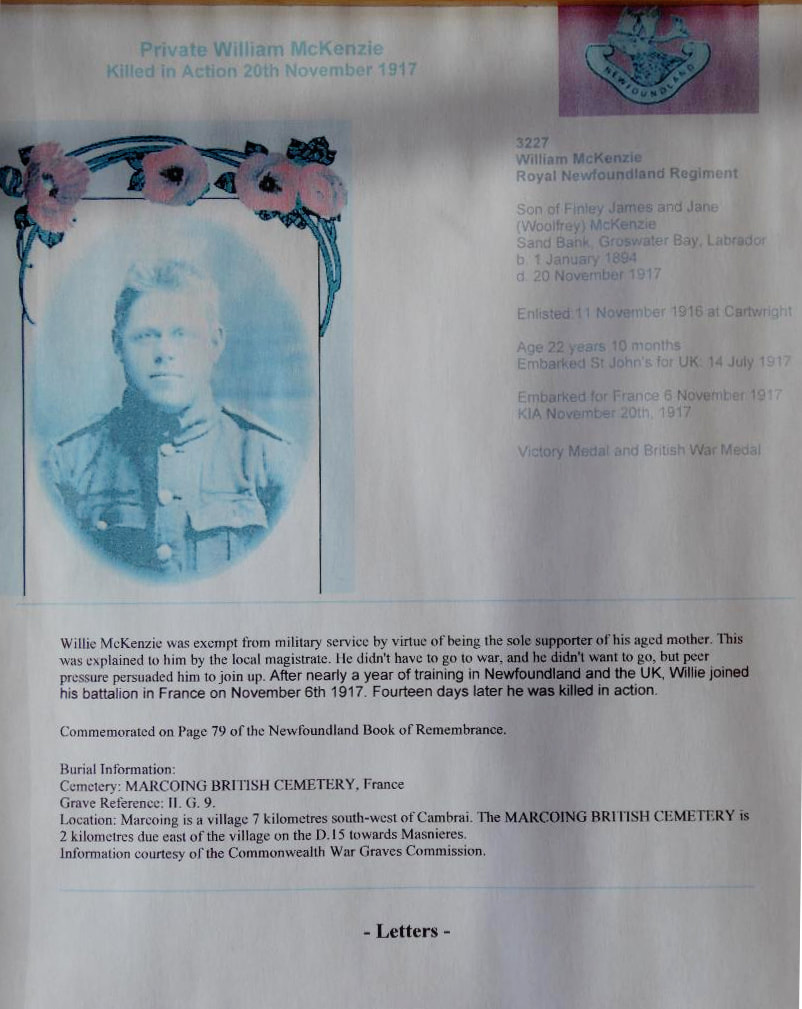
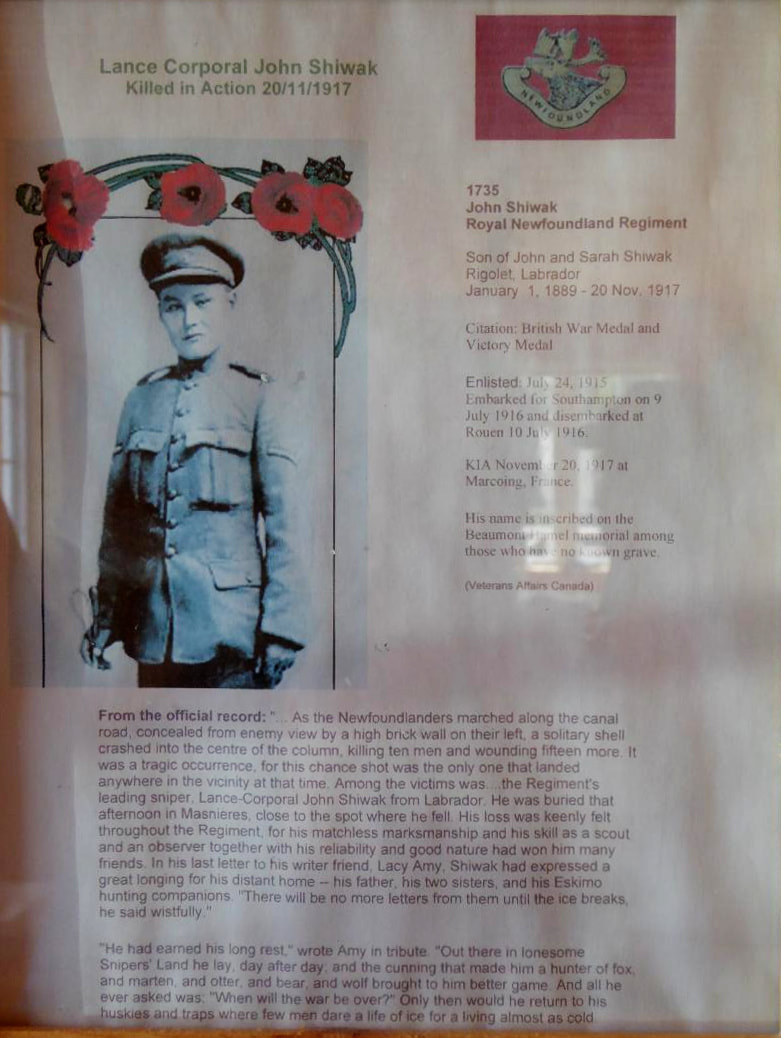
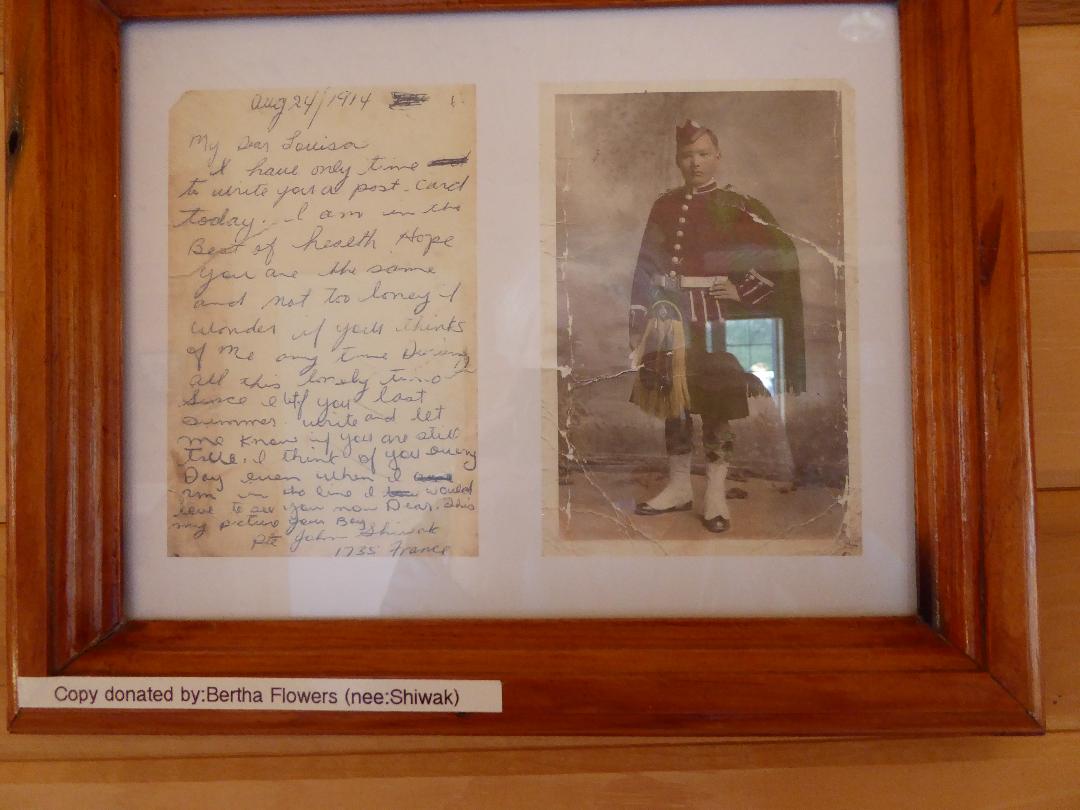
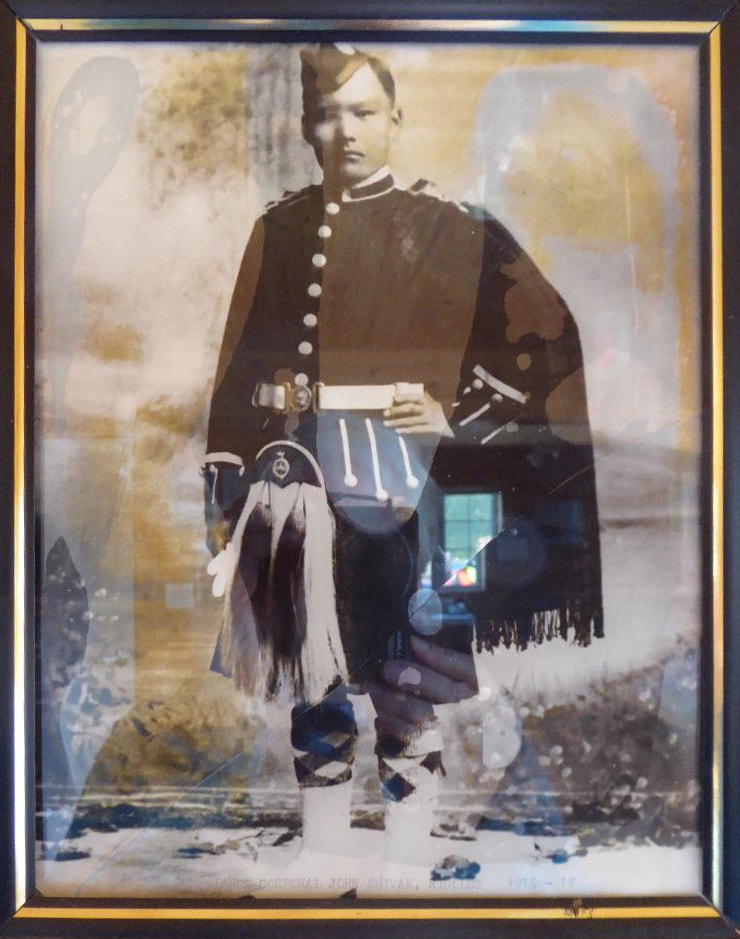
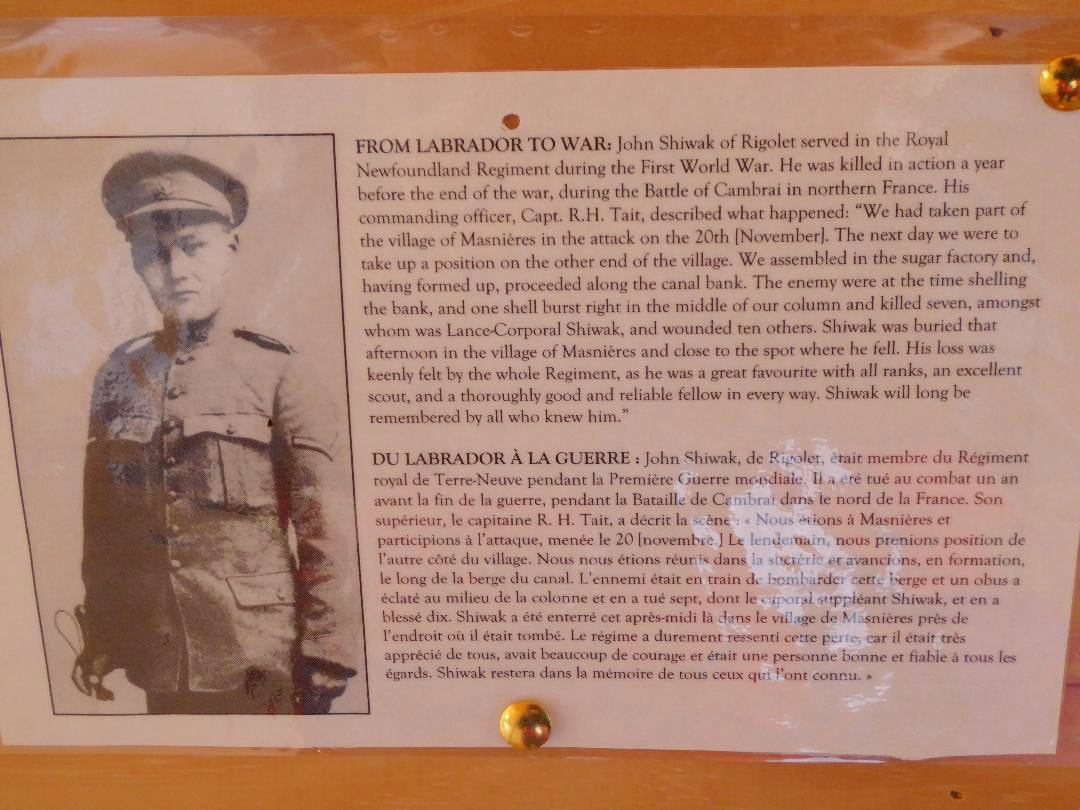
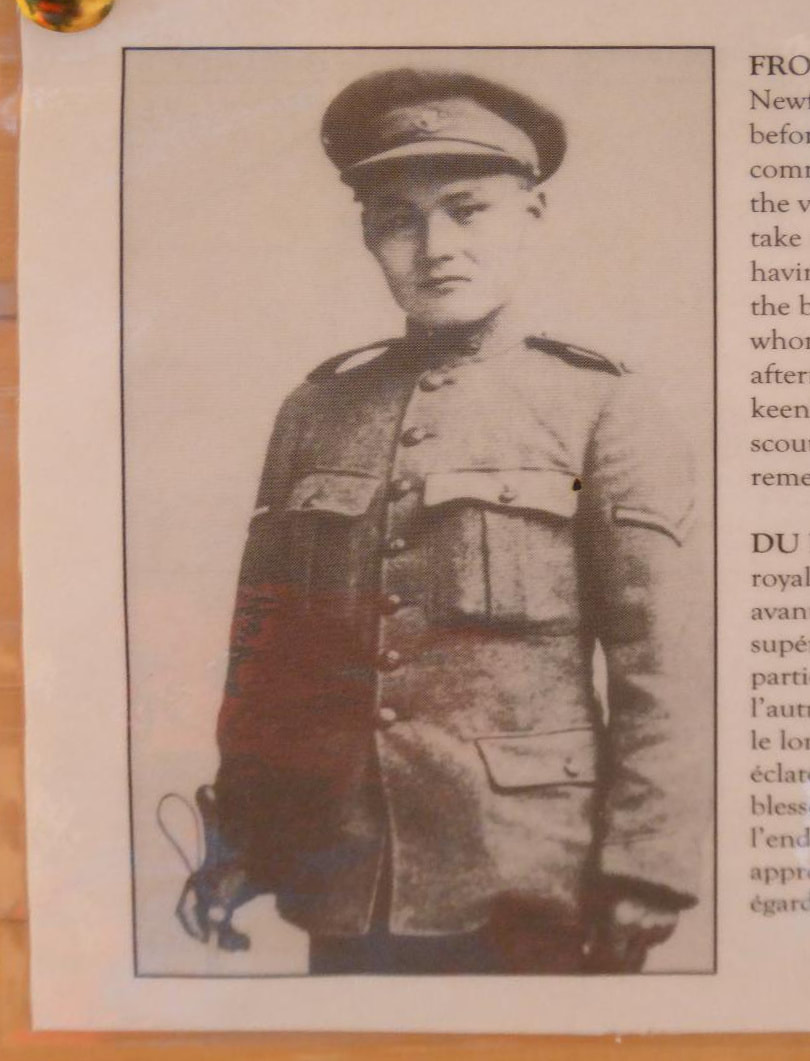
 RSS Feed
RSS Feed